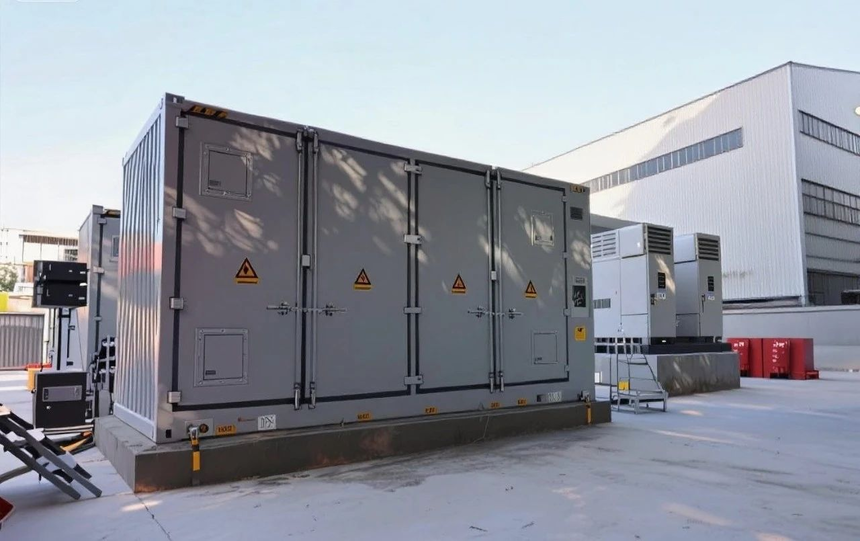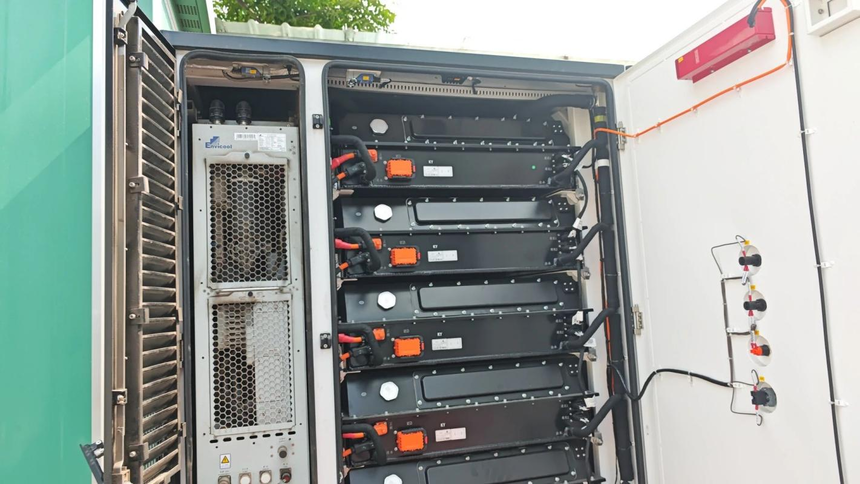NEWS CENTER
|
Roles in the Energy Storage MarketThe first role: Integrator - the "general assembler" of energy storage equipmentenergy storage cabinet door, and the most striking thing inside is the rows of battery packs, which take up 70% of the cabinet's volume . But batteries alone aren't enough; they also require an inverter (to convert the battery's DC power into AC power for the factory), a fire protection system (such as a gas fire extinguisher), a temperature control system (to prevent thermal runaway in the summer, air conditioning is required), and a protective casing (to protect against knocks and collisions). Energy storage system integrators are like "general assemblers", assembling "parts" such as battery cells (the core unit of the battery), PCS (inverter), and BMS (battery management system) according to factory requirements to turn them into energy storage cabinets that can be used directly.
The second role: Parts supplier - the "master behind the scenes" hidden in the cabinetCompanies such as BYD and EVE Energy specialize in producing lithium iron phosphate battery cells for energy storage. The cost of these cells accounts for 60%-70% of the entire energy storage system , which is equivalent to the "lithium battery" in electric bicycles. Looking at the energy storage inverter, it is equivalent to installing a "current conversion switch" on the energy storage cabinet. The industry-recognized high-efficiency inverters (reaching over 97%) include Huawei and TBEA, which directly affect whether energy storage is profitable. The third role: the user - the factory owner who actually "uses electricity"The energy storage cabinets in the factory aren't just for show; they're used by the factory. For example, in a textile factory, machines run at full capacity from 8:00 AM to 10:00 AM, consuming a lot of electricity (peak electricity price: 1.3 yuan/kWh). From midnight to 8:00 AM the machines are idle (off-peak electricity price: 0.02 yuan/kWh). By charging the energy storage cabinets at night and discharging them during the day, they can save hundreds of thousands of yuan in electricity bills annually . The fourth role: Investor - the "financial sponsor" who pays for the cabinetWhy don't factories (electricity users) invest in their own commercial and industrial energy storage projects? Because cabinets are expensive! For example, a 1MW energy storage cabinet, including equipment and installation, costs over one million yuan. At this time, investors appear - they may be energy investment companies (such as Huaneng, State Power Investment Corporation, and Urban Investment Group), or they may be third-party institutions (financial leasing companies). They pay to buy cabinets and rent them to factories. But investors are not suckers. How do they make money? There are two ways: one is "peak-valley arbitrage" (charging at a low price at night and discharging at a high price during the day to make a profit from the difference), and the other is "capacity leasing" (charging rent based on the capacity of the cabinet, for example 1 yuan/kWh/day). More importantly, the responsibility for troublesome issues such as filing and grid access lies with the investors - when the government looks for problems in projects, it only recognizes the investors, not the factories. The fifth role: Operators – the “brains” that make energy storage cabinets “smart” and profitableNow the question is: Can the energy storage cabinet be charged and discharged with just light? Of course not! When to charge? How much? When to discharge? How long? There's a lot of knowledge involved. For example, a factory uses more electricity Monday through Friday and less on weekends. In the summer, when it's hot, batteries need to be charged less frequently to prevent overheating. This is where the operator comes in handy. Operators act like "energy storage stewards," installing AI systems to monitor factory electricity usage, predict future electricity price trends, and automatically adjust charging and discharging strategies. The most impressive operators I've seen can increase energy storage cabinet revenue by 20%—the same cabinet, when managed by professionals, can generate significantly higher profits than if you operate it blindly. The last role: the middleman - the "middleman"Finally, let’s talk about the “invisible driving force” behind the successful implementation of most industrial and commercial energy storage projects - the intermediary. We all know that factory owners have concerns about new things: "Is this cabinet reliable? How much money can I save? Who is responsible if it breaks down?" At this time, the middleman appears. They might be energy service companies (for example, those specializing in industrial park energy management), industry associations (such as the X Energy Storage Association), or even retired power system employees. Their work is incredibly practical: they help factories calculate economics ("Your factory's peak-to-valley power difference is 0.7 yuan per kWh. Installing a 2MW cabinet will pay for itself in five years"), help investors find reliable sites ("The roof of X Factory is load-bearing enough, and its power supply is stable"), and even assist with paperwork (registration and power connection). |


